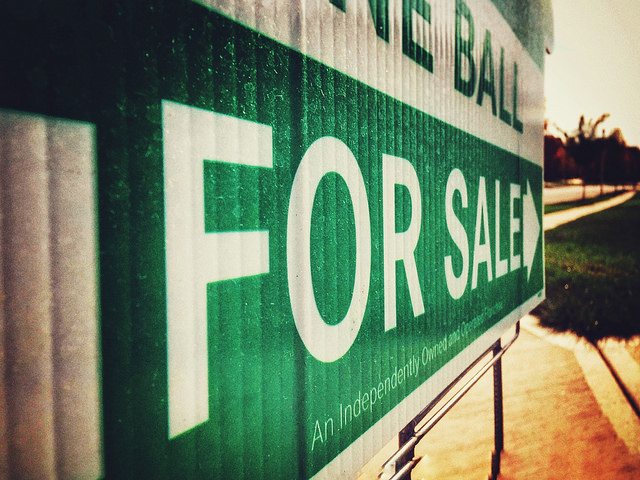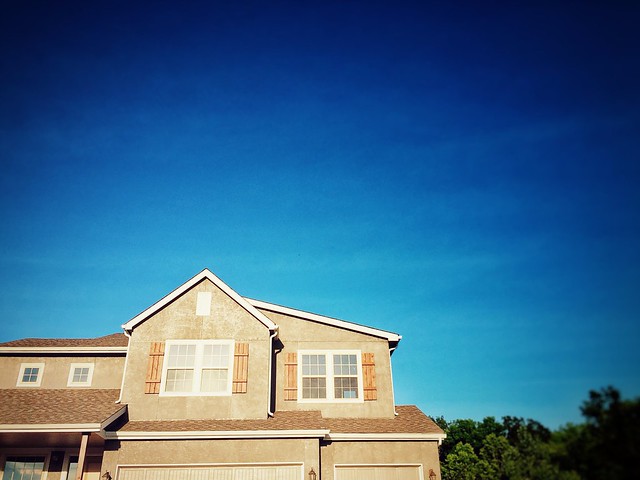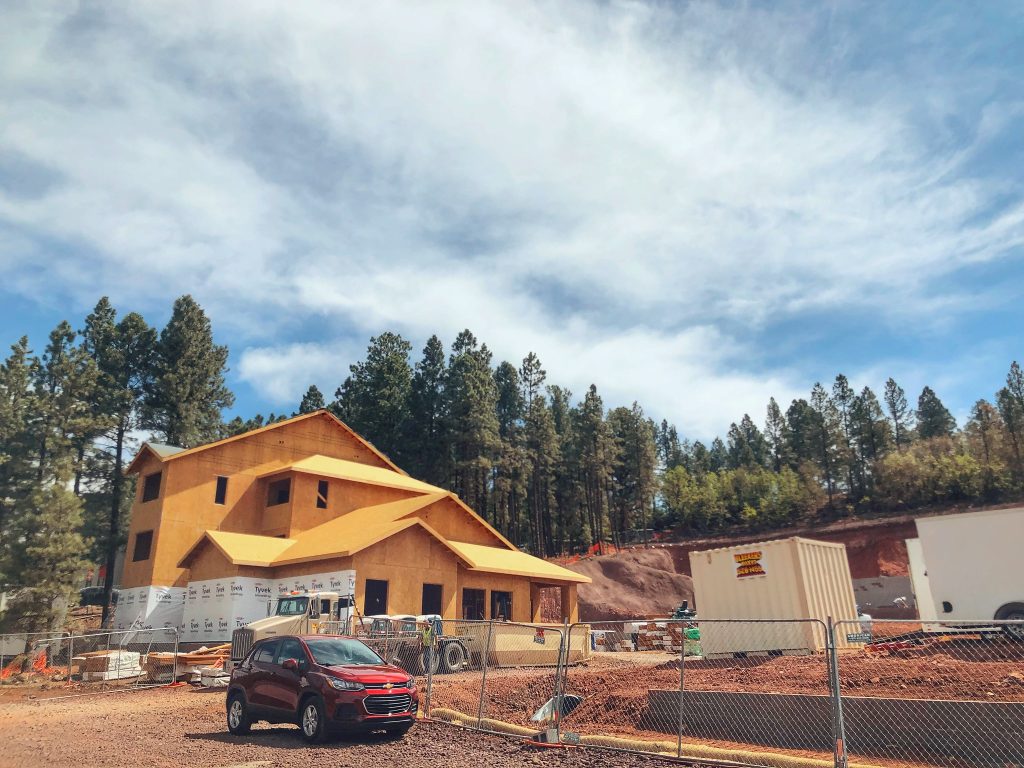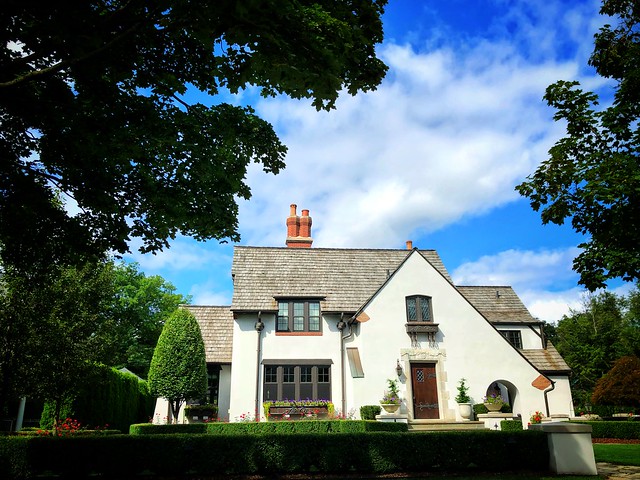The number of homes for sale continues to climb, according to new numbers from the National Association of Realtors. In March, total housing inventory was up nearly 5 percent from the month before and 14.4 percent higher than it was last year at the same time. That’s certainly good news for buyers. But though improved, inventory remains lower than normal. In fact, at the current sales pace, there is a 3.2-month supply of homes for sale. A 6-month supply is considered a balanced market. Lawrence Yun, NAR’s chief economist, says improving inventory is positive but the market still favors home sellers. “More inventory is always welcomed in the current environment,” Yun said. “Frankly, it’s a great time to list with ongoing multiple offers on mid-priced properties and, overall, home prices continuing to rise.” According to the NAR, the median existing-home price was up 4.8 percent in March from year-before levels. (source)













